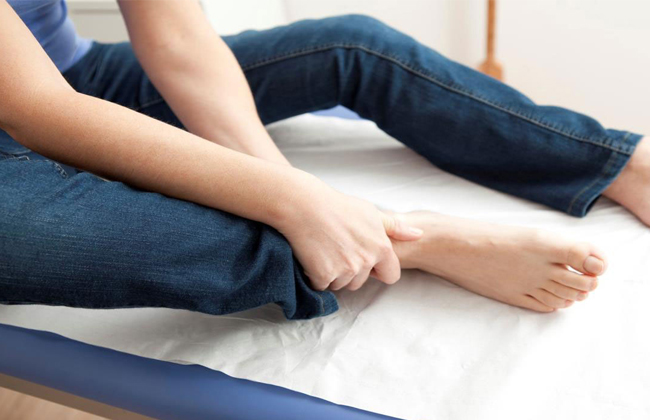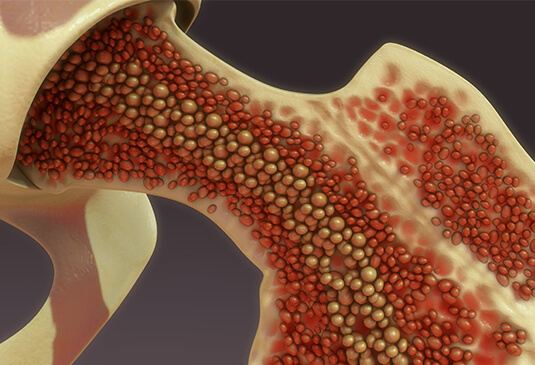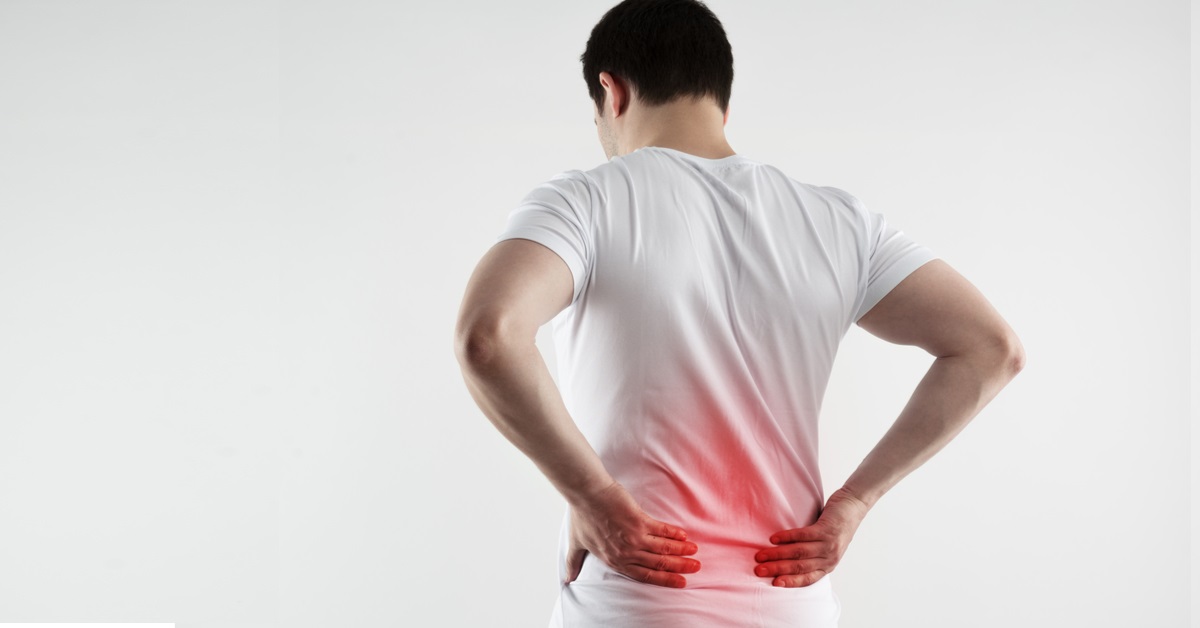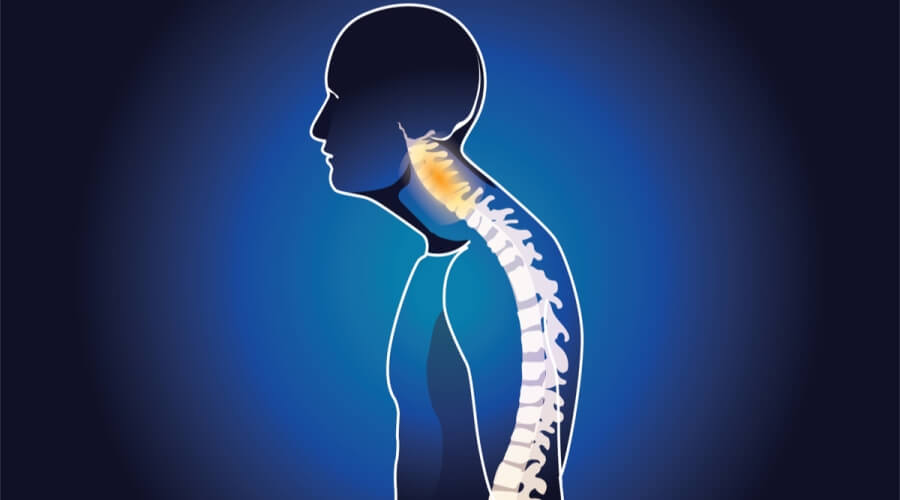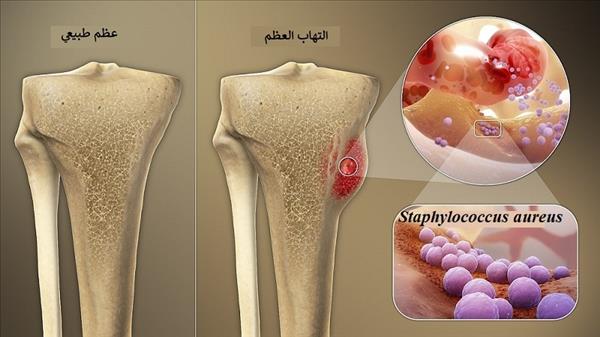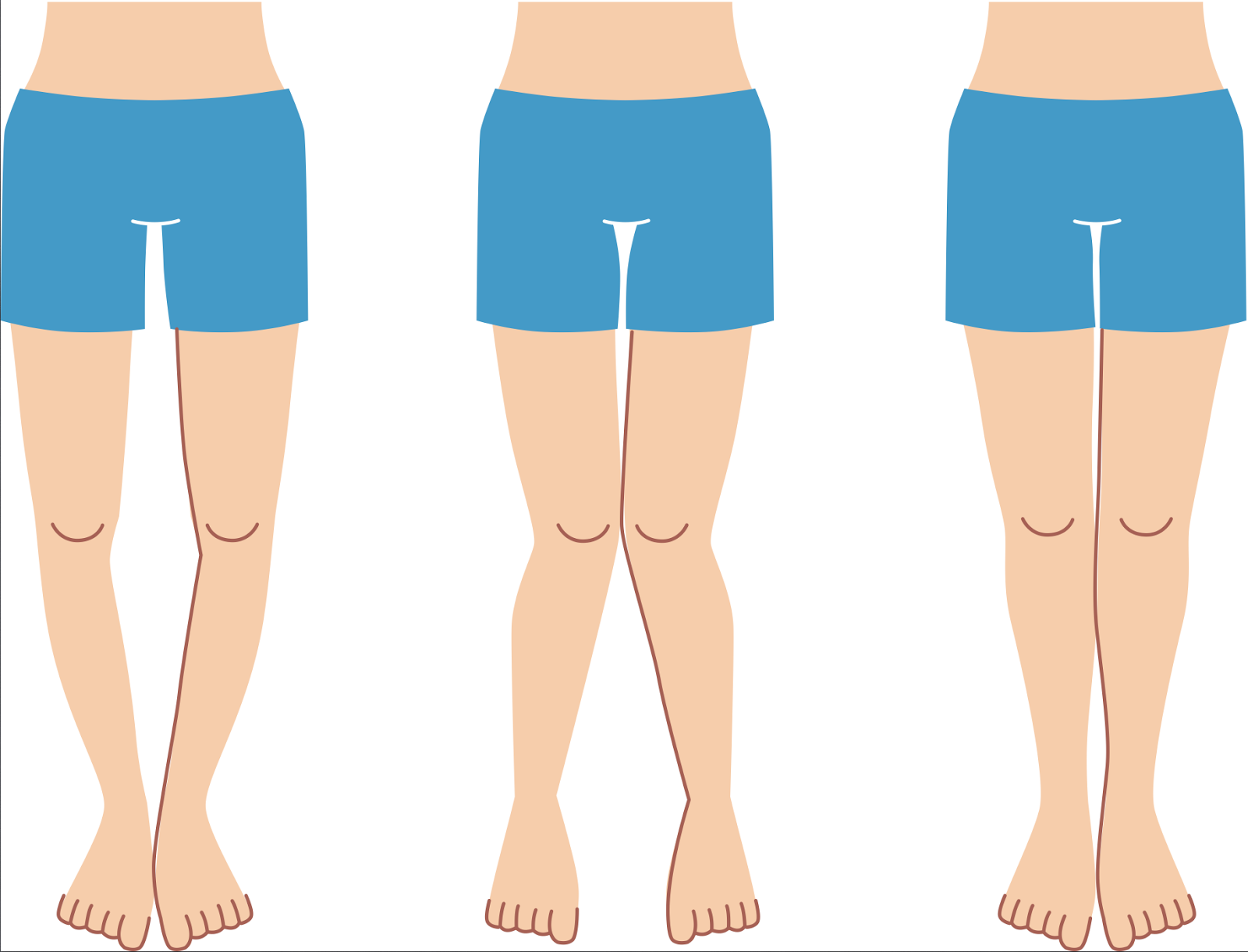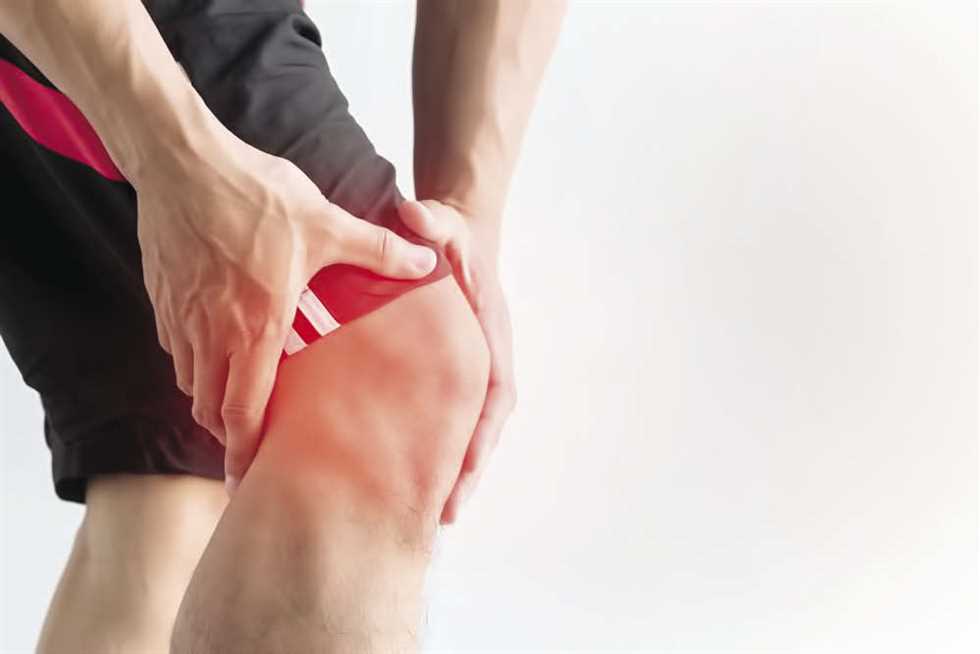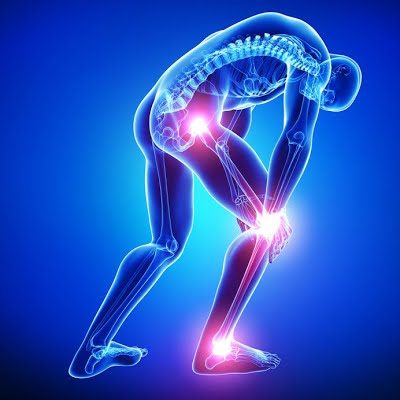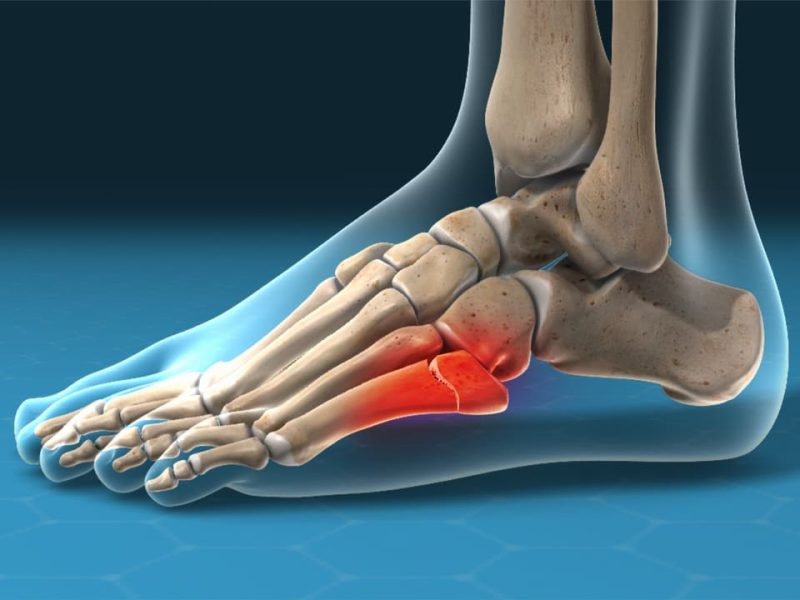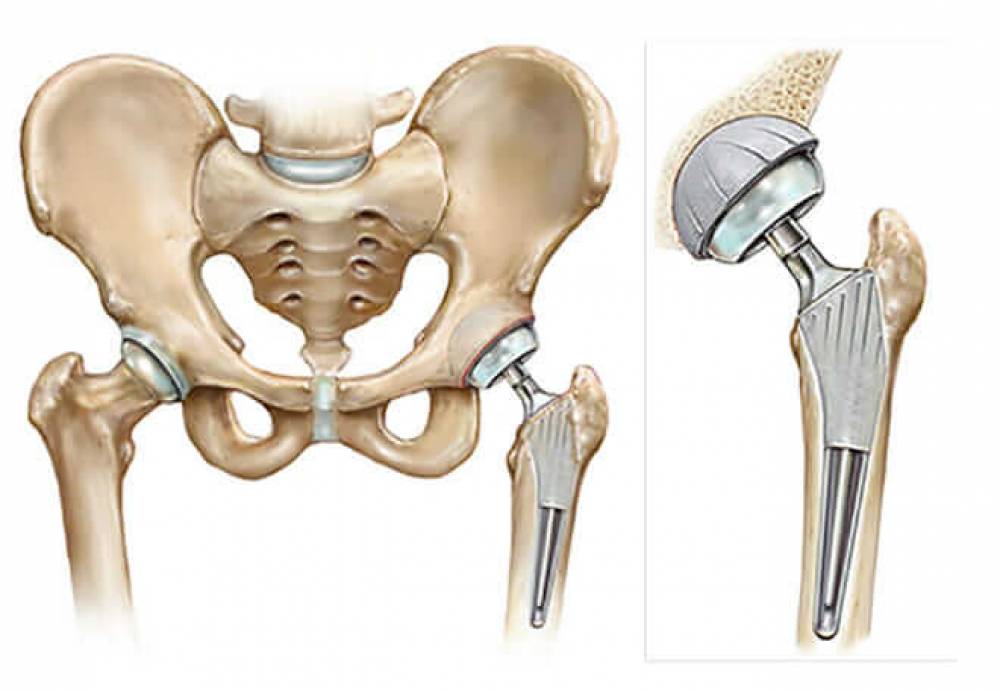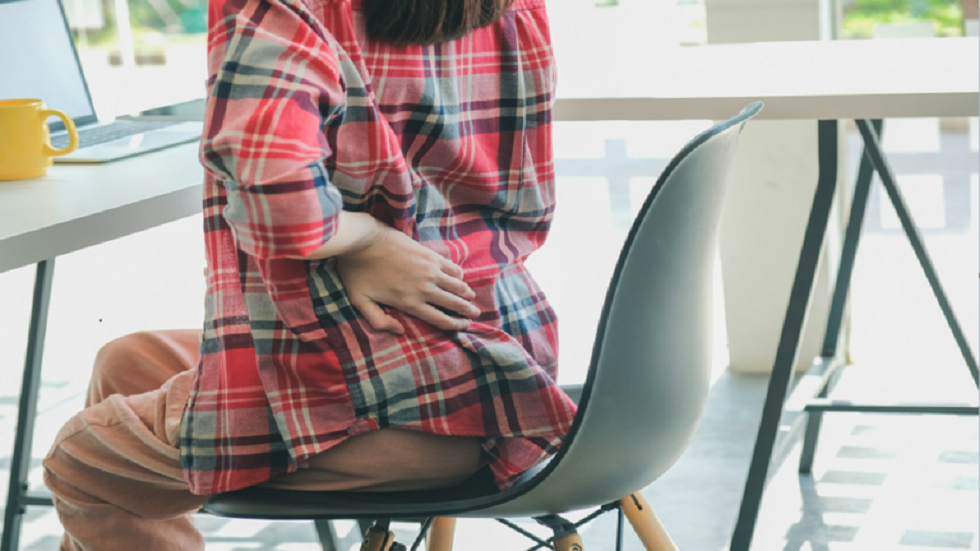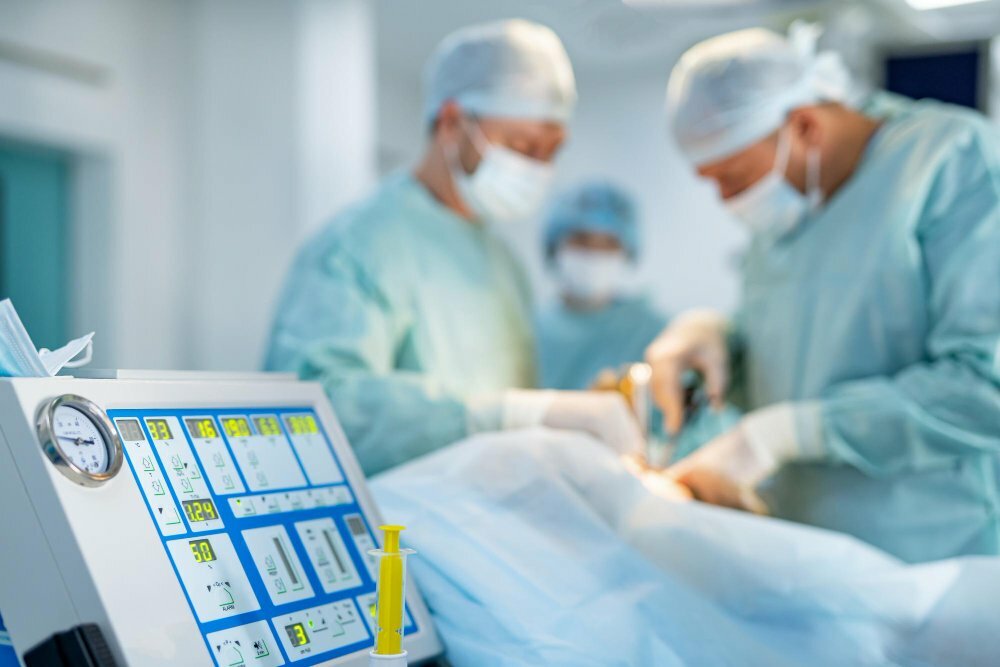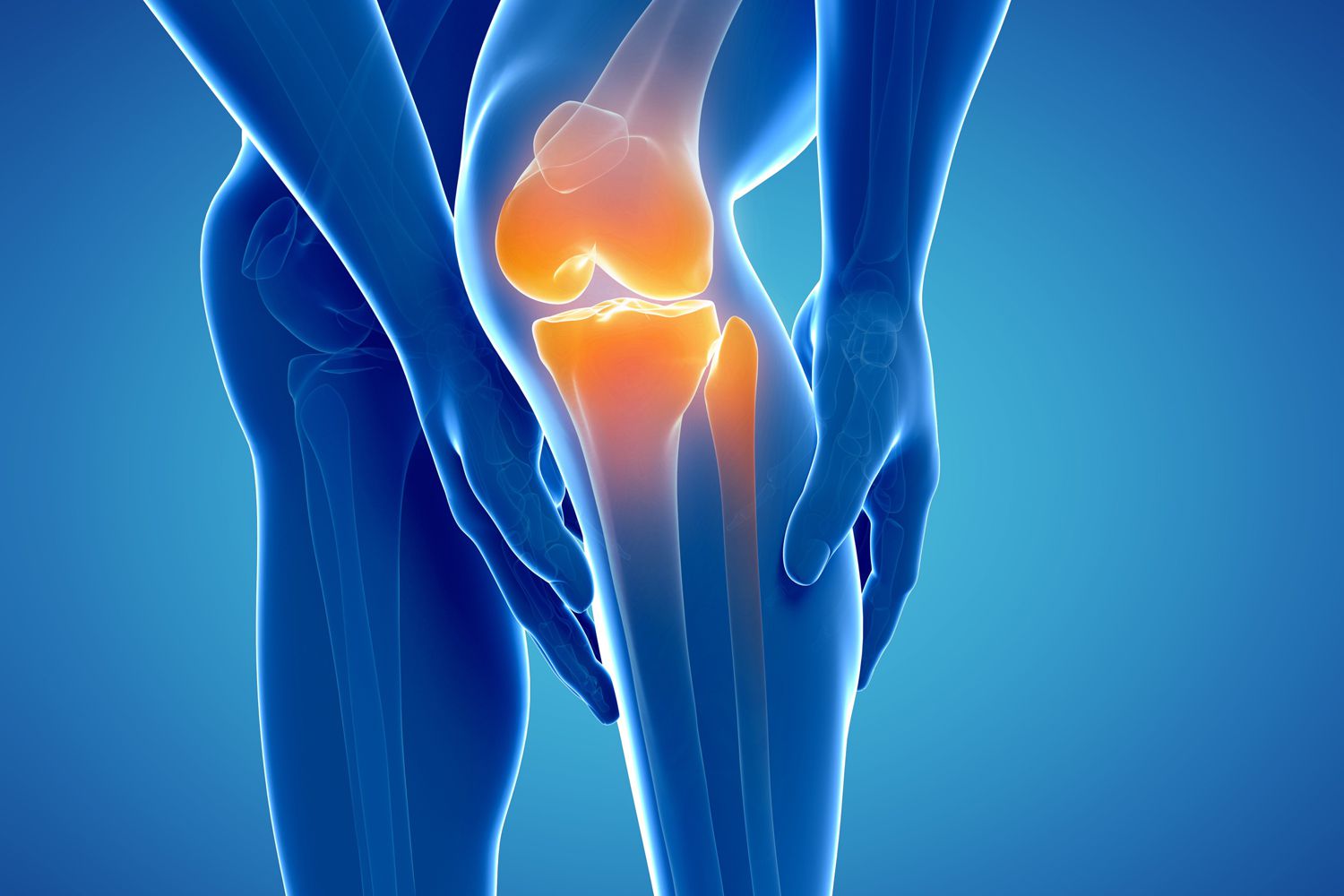Learn the cause of lower back pain and whether hot water treats back pain?
Lower Back Pain
Lower back pain is among the common health problems that many people suffer from. It causes discomfort and reduces the quality of life and may occur as a result of issues with the lumbar vertebrae, ligaments, muscles, or due to poor physical fitness. Lower back pain can be the result of a number of factors which we will explore in this article.
Here are seven common causes of lower back pain and how to treat them:
Muscle tension: People who live a stressful and fast-paced lifestyle tend to develop tension in the muscles surrounding the back area. These individuals should focus on strengthening the back and flank muscles and improving their flexibility through stretching exercises and back-strengthening workouts.
- Weak core muscles: Weakness in the abdominal and buttock muscles can lead to increased pressure on the spine and result in lower back pain. To strengthen the core muscles, one should perform targeted exercises like leg raises and abdominal strengthening.
- Lumbar sacral vertebrae: The ability of the lumbar sacral vertebrae to absorb the shocks of movement decreases, which increases the likelihood of back pain. In case of deformed or tapered lumbar sacral vertebrae, it is advised to perform strengthening exercises for the surrounding muscles and consult a rehabilitation specialist to set up a suitable exercise schedule.
- Joint disorders: The lumbar joints joining together play an important role in supporting the body and its movement. If there is an unstable balance in the joints, wear and tear and inflammation may occur, hence resulting in lower back pain. Exercises aimed at strengthening the joints and improving flexibility may help reduce back pain.
- Disc herniation: Disc herniation occurs when a vertebral disc in the spine moves out of its normal position. This can lead to pressure on the nerves and cause sharp pain in the back area. Consult a doctor for diagnosis and treatment of this condition, which may include strengthening exercises and medical therapy sessions.
- Obesity: Obesity is an important factor that increases the likelihood of lower back pain. Excess weight puts additional pressure on the spine and ligaments, which may lead to muscle weakness and the onset of back pain. Maintain a good body posture and keep a healthy weight through appropriate exercise and a balanced diet.
- Injuries and sprains: Lower back pain can occur as a result of sports injuries or car accidents, where the spine and surrounding tissues suffer damage. In these cases, consult a doctor for diagnosis and treatment of the injury, which may include physical therapy sessions and a period of rest.
In general, lower back pain should be addressed comprehensively through a personalized treatment plan that includes medical exercise, avoidance of harmful situations, and consultation with healthcare experts. Always listen to your body and take the necessary actions to maintain overall health and prevent lower back pain.
What is the cause of lower back pain above the buttocks?
Many people suffer from pain in the lower back area above the buttocks, and this pain is one of the most common health problems that people experience. This pain can be due to various factors, including muscular, skeletal, and neural causes. In this article, we will review the main causes that can lead to lower back pain above the buttocks and ways to deal with it.
- Skeletal deformities Skeletal deformities are one of the main causes of pain in this area. These deformities may include changes in the structure of the spinal column such as a slipped disc or a deviation in the spinal column. These deformities usually accompany persistent and chronic pain and may increase after periods of high load such as carrying heavy objects or sitting for long periods. Dealing with skeletal deformities usually requires physical or surgical treatment, and rest, support, and physical therapy are often prescribed as the first step to alleviate pain.
- Neurological disorders Pain in the lower back area above the buttocks may be due to neurological disorders, such as lumbar disc herniation or impingement of the sciatic nerve. When the changed position of the disc cartilage presses on the surrounding nerves, it can cause sharp pain in the affected area. It is advised to visit a doctor to assess the condition and determine the appropriate treatment, which may include prescribing painkillers and sessions of electrical nerve stimulation.
- Incorrect behaviors Incorrect behaviors can cause excessive stress on the back muscles and cause pain. For example, sitting for long periods in the wrong position or lifting objects in improper ways can lead to pain in the lower back area. It is recommended to practice exercises to strengthen the back and abdominal muscles and ensure good body posture during sitting and daily activities.
- Sports injuries or accidents Lower back pain above the buttocks may result from sports injuries such as muscle sprains or ligament tears. Also, accidents such as falls or collisions can cause injury to the back area and cause sharp pain. People who suffer from pain in this area following an injury or accident should consult a doctor to evaluate the condition and determine the appropriate treatment.
These are common causes of lower back pain above the buttocks, however, it is essential to consult a doctor to accurately assess the condition and determine the correct diagnosis and appropriate treatment. Treatment may include muscle-strengthening exercises, physical therapy sessions, taking pain-relieving medications, or in some severe cases, surgery may be necessary.
Does lower back pain have a relationship with the uterus?
Does lower back pain have a relationship with the uterus? In this article, we will explore the relationship between lower back pain and the uterus and the impact it can have on women’s health. Lower back pain may be a common symptom among women, but is there a direct relationship between this pain and the health of the uterus?
Different forms of lower back pain can be due to several reasons, including disorders of the spinal column, joints, and muscles. The part of the spinal nerve that is near the spinal cord, the spinal nerve root, is often the area that causes pain. Pain usually occurs due to disorders in the spinal column, including the bones of the spinal column or vertebrae and the discs that support them.
The flexibility of the lumbar spine allows humans to twist, bend, and rotate. The spine absorbs shocks that occur during movement and protects the spinal cord. Changes within this sensitive part of the body may lead to the appearance of lower back pain.
Although back pain affects both men and women, it may have different implications for women. In females, back pain may be related to the female reproductive system. Sometimes, there may be muscular or skeletal issues in the pelvic and uterine region that cause lower back pain. For example, a slipped disc in the perineal area can lead to nerve compression there and cause pain.
It is important to note that lower back pain can have many different causes and may not be directly related to the uterus. Pain can also stem from other gynecological conditions, such as hormonal disorders or reproductive system infections. Therefore, it is important to consult a doctor to determine the exact cause of your condition and develop an appropriate treatment plan.
In conclusion, lower back pain may result from various factors and may be related to the uterus in some cases. If you are suffering from persistent lower back pain, you should see a doctor to get the correct diagnosis and treatment.
Does a vitamin D deficiency cause back pain?
Back pain is a common health problem that many people suffer from. Although there are various factors that may cause back pain, research has shown that a vitamin D deficiency could be one of these possible factors. In this article, we will look at scientific studies conducted by researchers to understand the relationship between vitamin D deficiency and back pain.
Vitamin D is a fat-soluble vitamin, which is considered essential for body health. The body can produce vitamin D through exposure to sunlight, in addition to its availability in some food sources such as fish fats, olive oil, and vitamin-fortified milk.
Numerous studies have been conducted to understand the relationship between vitamin D deficiency and back pain. One study by physical therapy researchers at the University of Chicago found a link between higher levels of vitamin D in the body and reduced severity of back pain. The study also indicated that low levels of vitamin D contribute to an increased risk of back pain.
According to recent research, a vitamin D deficiency can affect the body more than many might realize. When this vitamin is lacking, the nervous system feels weakened, leading to reduced strength and flexibility of the muscles and ligaments in the back area. This weakening effect can lead to pain and difficulty in movement.
Moreover, researchers indicate that vitamin D deficiency particularly affects individuals who are overweight or obese. The accumulated fat in the body stores vitamin D, reducing its availability in the bloodstream and increasing the likelihood of a deficiency. Therefore, there may be justification for testing for vitamin D deficiency in people who suffer from back pain and who are overweight or obese.
What is also interesting is that taking vitamin D supplements may have a positive effect on alleviating back pain in adults. In a study conducted on a group of adults suffering from vitamin D deficiency and overweight or obesity, the results showed that taking vitamin D supplements may improve the impairment of back pain and enhance their mobility capabilities.
Therefore, it is essential to be cautious and meet the daily needs of vitamin D daily. For a natural source of vitamin D, it is preferable to be exposed to direct sunlight for a few minutes every day. It is also possible to take dietary supplements containing vitamin D regularly and according to health guidelines.
In conclusion, although vitamin D deficiency may be one of the potential causes of back pain, it is necessary to consult a doctor to assess the condition and determine the precise diagnosis. It is also preferable to take the body’s vitamins from their natural sources and under the care of medical experts to ensure the appropriate dose according to individual needs.
How can you get rid of back pain in 15 minutes?
Many of us may suffer from lower back pain due to muscle tension, arthritis, or due to poor posture while sitting or standing for long periods. Back pain can be annoying and affect the quality of our daily life. Therefore, in this article, we will present some exercises and movements that you can do within 15 minutes to get rid of back pain.
- Stretching exercises: Stand up straight and stretch your arms above your head. Bend forward slowly until you feel a stretch in your back muscles. With each deep breath, try to bend more. Continue in this position for 30 seconds. Repeat these exercises several times during the 15 minutes.
- Pulling exercises: Stand or sit up straight. Bring your hands forward and extend them in opposite directions slowly. Try to feel the stretch and pull in your back muscles. Do these exercises for 15 seconds and repeat several times.
- Abdominal muscle strengthening exercises: Lie on your back and bend your knees so that your feet are supported on the ground. Lift the upper part of your body – head and chest – up using your abdominal muscles. Hold this position for 10 seconds and start lowering the upper part slowly. Do these exercises for 15 seconds and repeat several times.
- Standing Body Exercises: Stand straight and step your right foot forward. Bend both legs to a straight angle so that the knees are stacked. Hold your arms at your sides and lean your body slightly forward. Maintain this position for 15 seconds and repeat on the other side.
- Pressure Point Massage: Use your thumb or index finger to continuously press on pressure points in your back. Try moving your finger in a circular motion in the area of pain. Apply this technique on different points in your back for 3 minutes.
Before starting any exercises, it is preferable to consult a doctor, especially if you suffer from chronic back pain or if you have had previous injuries. It is also advised to perform the exercises routinely for best results.
Note: If your back pain is severe or does not subside after exercising, it is better to consult a doctor before implementing any new movement or exercise. The condition may require medical treatment or different prescription medications.
Does the Bed Cause Back Pain?
- Do you suffer from chronic back pain? Do you feel tired and exhausted after sleeping? It may be the bed you are sleeping on that is causing this. Although there are multiple causes for back pain, the bed plays a significant role in such pain. In this article, we will answer eight important questions about whether the bed causes back pain.
- Does back pain increase when you check the quality of your bed? Yes, your bed might be responsible for your back pain. If your bed is old, uncomfortable, or does not provide adequate support for your body, it can result in back pain.
- How does the bed affect body posture during sleep? When you sleep on an unsuitable bed, your body’s posture during sleep may change. An unsuitable bed can cause the spine to twist, putting pressure on muscles and nerves and causing back pain.
- Is a firm mattress better or a soft mattress for back pain? There is no definitive answer to this question, as the ideal mattress choice depends on your personal preferences and health condition. However, many doctors tell patients that a medium to firm mattress offers more support to the body and can reduce back pain.
- Does weight influence the choice of a suitable bed? Yes, weight affects the choice of a suitable bed. If you are overweight, you may need a bed that provides additional support for the spine and joints. It is preferable to look for a strong and sturdy bed that can effectively support the extra weight.
- Does the correct sleeping position make a difference for back pain? Yes, the correct position of your body during sleep plays a crucial role in reducing back pain. It is preferred to sleep on your side or on your back with a supportive pillow under your knees. Avoid sleeping on your stomach, as it can increase the pressure on the spine and cause irritation of nerves and tissues.
- Does the age of the bed affect back pain? Yes, the age of the bed can affect back pain. Over time, mattresses may lose some of their support, and the sleeping surface may start to sag. If you are using an old bed, it might be time to get a new one.
- Is quality or price more important when buying a new bed? When buying a new bed, both quality and price should be taken into consideration. Preferably choose a high-quality bed that provides the right support and comfort for your body. Well-known brands can be reliable but may also be expensive. Try to find a bed that combines both quality and the right price.
- Can an adjustable bed help reduce back pain? Yes, an adjustable bed can help reduce back pain. With an adjustable bed, you can alter the position and angle at which your body rests, which can reduce spinal pressure, enhance blood circulation, and relieve muscle tension.
By choosing the right bed and maintaining a healthy sleeping posture, you can reduce back pain and improve your comfort and quality of sleep. Before buying a new bed, make sure to test several types available and consult your doctor if you suffer from chronic back pain.
Does hot water treat back pain?
Back pain is a common health issue that many people suffer from. This pain can significantly affect individuals’ lives and limit their ability to perform daily activities. Therefore, finding effective ways to alleviate and treat back pain is important.
One of the options that might come to mind is using hot water to relieve back pain. But is this really effective? Here we will review some scientific facts about using hot water to treat back pain.
Effects of Heat Therapy: When applying hot compresses or a hot water bottle to the back for an extended period, muscle relaxation and increased blood flow to the affected area can occur. This can contribute to pain relief and improve the overall condition. Therefore, using hot water is one of the traditional methods for treating back pain.
Caution in Using Hot Water: However, caution must be exercised when using hot water to relieve back pain. Some people may experience an exacerbation of pain when using hot water or taking a hot bath. This could be a result of an undesirable increase in body temperature. Thus, it is advisable not to rely solely on body heating to relieve back pain.
Use of Topical Heating Supplements: Instead of using hot water exclusively, one can resort to using hot water bags or cold gel packs available in pharmacies. These heating and cooling supplements are more practical in the case of acute back pain. Additionally, some aromatic herbs such as lavender can be added to the hot water to enhance its effect and make it soothing and analgesic.
Other Methods for Treating Back Pain: There may be other effective ways to treat back pain besides using hot water. For example, using ice cubes or gently applied crushed ice to the affected area can alleviate pain. However, cold application is advised in cases of bruises, acute inflammation, or situations of pinched or compressed nerves.
Scientific Research: Some scientific research suggests that ice has a mild numbing effect. It is believed that cold reduces blood flow to the area of pain, thereby preventing the transmission of pain signals to the brain. It is important to note that these benefits may be relative and vary from person to person.
In summary, using hot water to treat back pain can be effective, but the condition of each individual should be considered separately. In addition, it is recommended to consult a doctor if the pain persists or worsens. There may be a need for other therapeutic methods, such as physical therapy or surgical intervention, to alleviate back pain and improve the overall condition.

